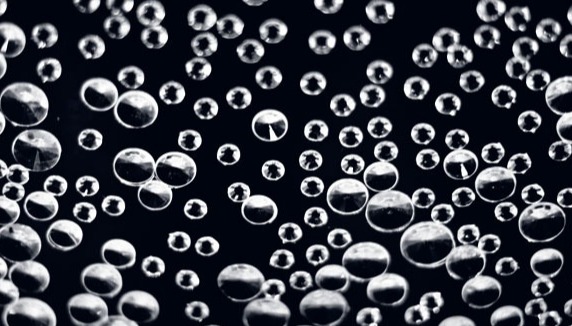Method for Removing Strongly Adsorbed Surfactants and Capping Agents from Metal to Facilitate their Catalytic Applications
A method of synthesizing activated nanostructure electrocatalysts without damaging their surfaces.
Certain metals (like Pt, Pd, and Ru) are known as excellent electrocatalysts (catalysts in an electrochemical reaction), but they're also costly and scarce. They're also susceptible to carbon monoxide, have poor stability under cyclic loading, and have slow reaction kinetics for the oxygen reduction reaction. They also have to be activated without damaging the surface of the particles. An approach to address this issue is forming metal nanoparticles; this requires proportionally higher numbers of defect sites, lattice boundaries, and low surface coordination atoms. There is a need for a method of activating nanostructure electrocatalysts for large-scale and cost-effective commercial processes that does not damage the nanostructure's surface.
This is a method of synthesizing an activated electrocatalyst and removing surfactants or capping agents from a metal surface. This method comprises displacing surfactants/capping agents on the surface with carbon monoxide, and then stripping the carbon monoxide through electrochemical oxidation. Or, the synthesized metal structures can be acid washed or ozone treated, which weakens interactions between the surfactants and capping agents to the metal structure surface. These activated or stripped structures can take many forms or sizes, including nanostructures, microstructures, and macrostructures; possible nanostructures include nanoparticles, nanowires, nanosheets, nanotubes, nanorods, and core-shell nanostructures.
 Image is purely illustrative. Source: Flickr/Leland Francisco, https://www.flickr.com/photos/lel4nd/5506171776, CC BY 2.0. Cropped.
Image is purely illustrative. Source: Flickr/Leland Francisco, https://www.flickr.com/photos/lel4nd/5506171776, CC BY 2.0. Cropped.
Safe and efficient removal of surfactants and capping agents - Creates products without damaging the surface of the electrocatalyst - Resulting nanostructures are clear, damage-free and ready for further catalytic application
-Electrocatalytic monodisperse nanostructures -Synthesizing electrocatalytic nanostructures in solution -Conventional energy production devices
Patented
[9490486](https://patents.google.com/patent/US9490486B2/en)
Available for licensing.
Licensing,Commercial partner,Development partner
Patent Information:
| App Type |
Country |
Serial No. |
Patent No. |
Patent Status |
File Date |
Issued Date |
Expire Date |
|